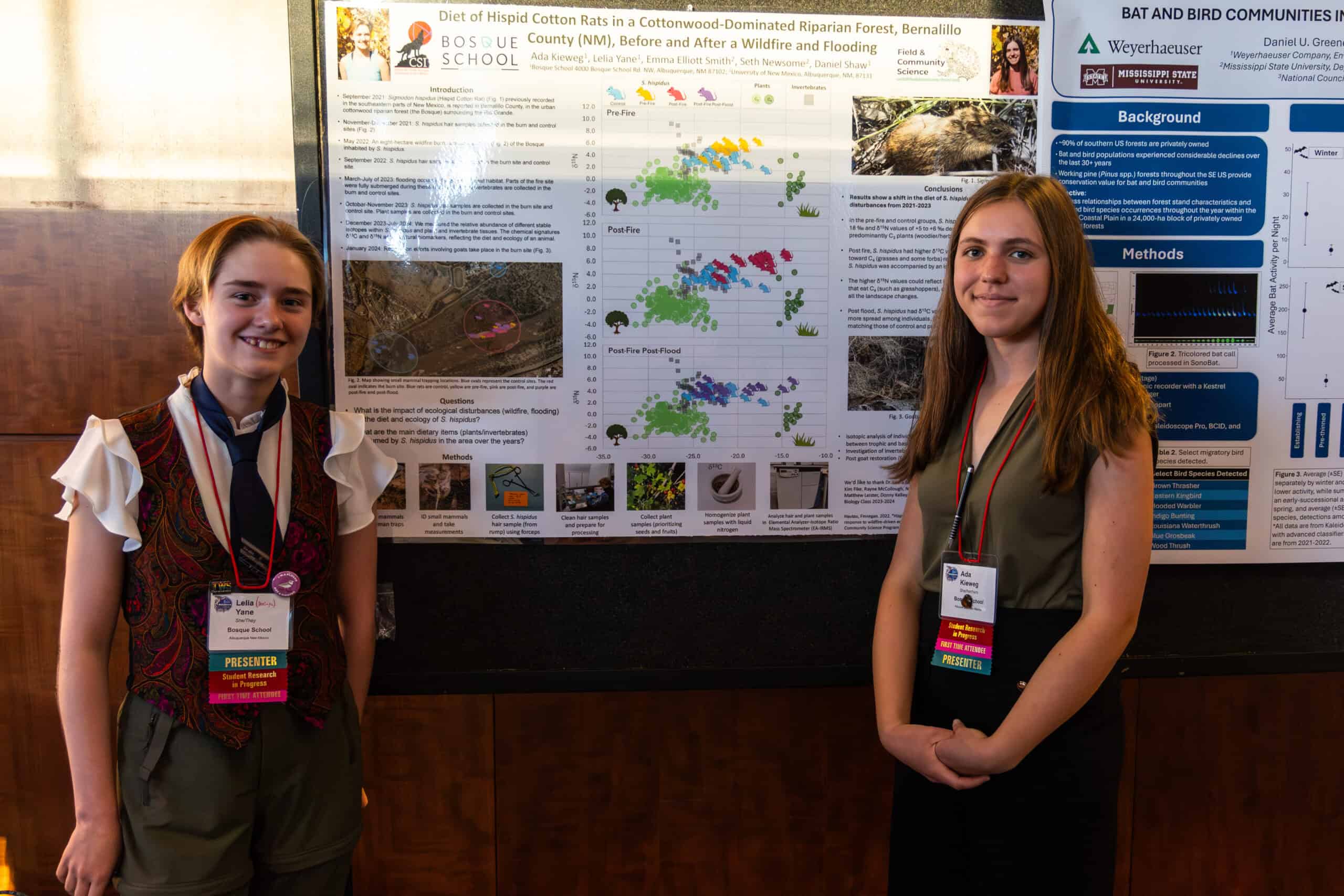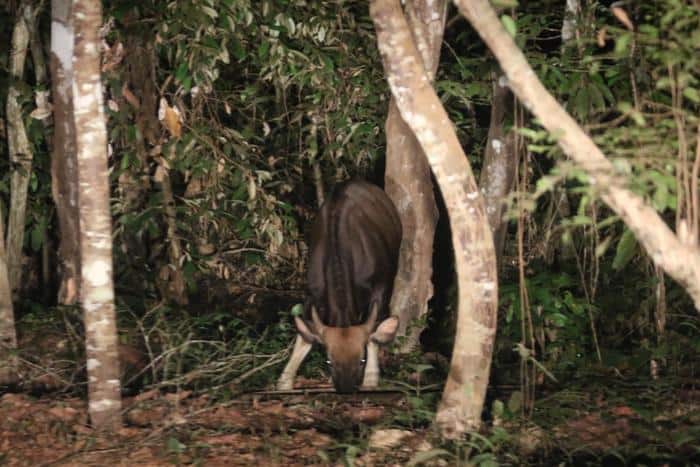Share this article
USFWS released proposal to clarify critical habitat designations
The process for excluding areas from critical habitat designations for threatened and endangered species is getting an update through a new proposed regulation released by the U.S. Fish and Wildlife Service.
Under section 4(b)(2) of the Endangered Species Act, the Secretary of the Interior has the authority to exclude any particular area from a critical habitat designation if the benefits of excluding the area “outweigh” the benefits of including the area — so long as the exclusion will not result in the species’ extinction. This new proposal adds details on how the agency will consider the impacts of designating a particular area.
The USFWS’ proposal lays out how the agency will consider the economic and national security impacts of designating a particular area as critical habitat. The proposed regulations also provide categories of “other relevant impacts” the USFWS may consider, including public health and safety, community interests and environment concerns, such as increased wildfire risk or invasive species management. The proposal also codifies that at any time during the process of designating critical habitat, the agency can consider additional exclusions not identified in the proposed rule for that species.
“Critical habitat” designations generally are areas that contain one or more physical or biological features that makes them essential to a species’ conservation and recovery. Under the ESA, the conservation needs of the species must be the overriding consideration in the initial identification of critical habitat and all designations must be made based on the best scientific data available.
The proposed rule also seeks input from state, local and tribal governments, private landowners and permittees and lessees on public lands regarding the impacts of a proposed designation of critical habitat on them.
This administration has made several changes to the implementation of the ESA. Last year, the USFWS finalized a number of regulatory changes and, last month, the agency released proposed definitions of ‘habitat’ which has not previously been defined by either the act itself or USFWS’ regulations, and has been the subject of litigation in recent years. The Wildlife Society submitted comments on those definitions, calling on the USFWS to broaden the definition and better account for challenges that endangered species face due to habitat loss and climate change.
USFWS is accepting comments on the critical habitat proposal through Oct. 8.
Read TWS’ Standing Position on Threatened and Endangered Species in the U.S.
Header Image: The U.S. Fish and Wildlife Service proposed a new framework for excluding areas from critical habitat consideration. Credit: BLM/Bob Wick








